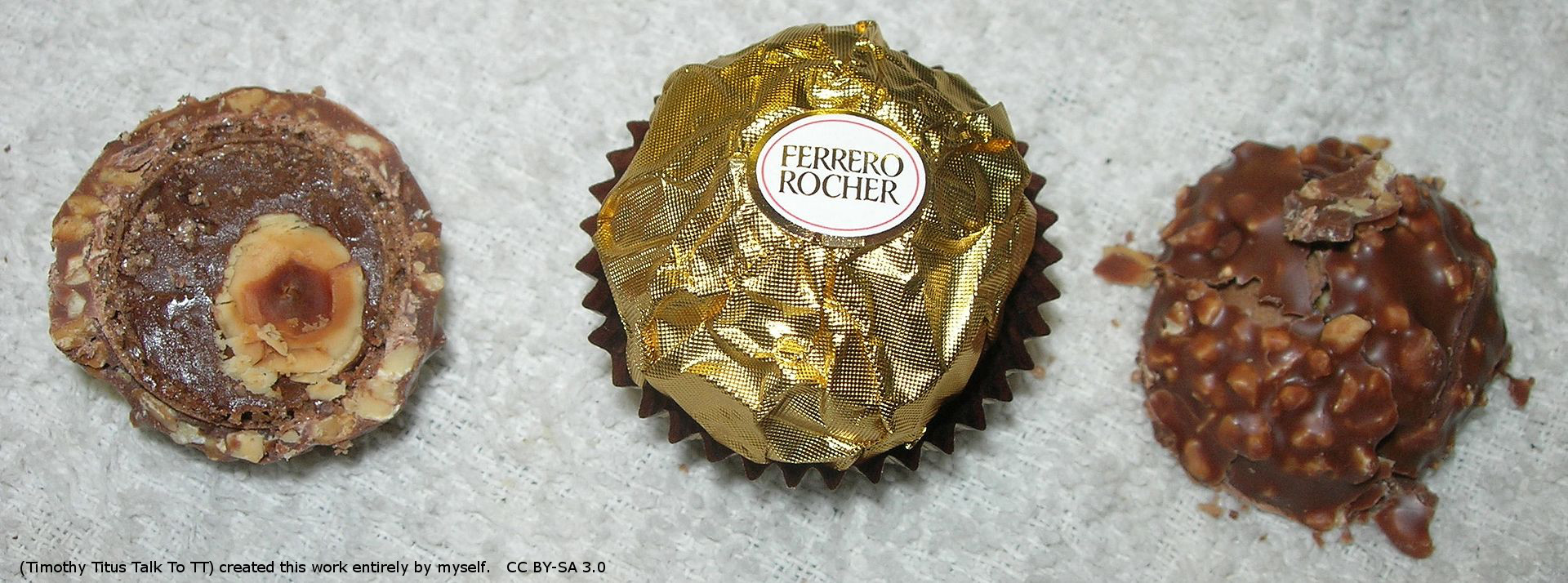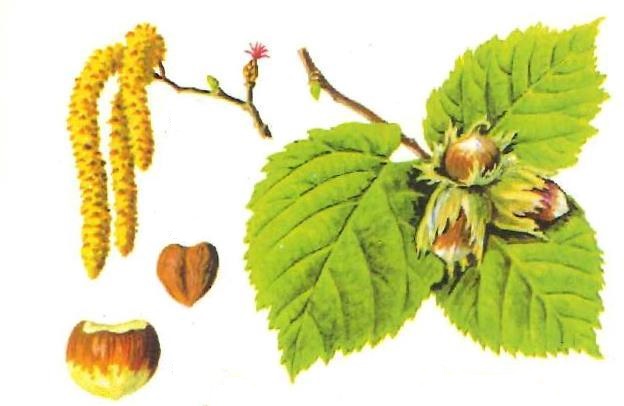By Sophie Marley
Purple quality streets, pralines and ferrero rocher are always the first to vanish from chocolate tins during the festive grazing period.
Their crunchy moreish hazelnut centres are truly too tempting to miss! Unlike many festive spices, scents and treats the Hazel tree is native to the UK with a wide distribution across Europe and Asia Minor. Our long association with Hazel has created some fantastic folklore and traditions.
Hazel coppice inhabits the understorey of woodland with a vaulted canopy of timber trees above. Over the winter period the yellow male catkins are some of the earliest catkins to appear and are often referred to as lamb’s tails as they bounce in the breeze. The female flowers are like tiny red rubies which sprout in the New Year and look exquisite against the February snow. The bark of the tree is brown with a silvery sheen and the stems twist towards the light from the base of old stands. The stems are traditionally harvested for poles and charcoal production. During the growing season Hazel produces large almost round, bright green leaves with toothed margins and nuts are developed by mid-August. The genus of Hazel Corylus translates to a helmet, which describes the deeply lobed green husk that hugs each fruit. By autumn each step along a woodland floor can expel a crack as Hazelnut cases shatter underfoot. Historically Hazelnuts have been a plentiful source of income and were harvested.
Villagers in Dorset used to hold annual nutting expeditions where women would wear special canvas dresses to collect the harvest. The nuts would be sold to the dyeing industry with most families covering a whole years rent from the proceeds! With such bountiful rewards on offer stories emerged to discourage unscrupulous harvests. In the north of England unripe nuts were guarded by Churnmilk Peg and Melsh Dick, two goblins. Another caution warned against gathering nuts on a Sunday when the devil may seek your attention. Below is a song passed down from a Somerset servant depicting the fate of a Sunday nutter.
“Oh there was a maid, and a foolish young maid,
And she went-a-nutting on Sunday.
She met a gentleman all in black,
He took and he laid her a-down on her back,
All a-cause she went nutting on Sunday.”
Mystical folklore uses Hazelnuts to denote wisdom and inner peace. In the Fenian Irish tales nine purple Hazelnuts fall into the Well of Wisdom and are eaten by a salmon. With this act the salmon gains all the world’s knowledge which is then in turn transferred to the first person to eat the fish. A servant named Fionn is asked to bake the fish but sucks his finger after burning his fingertip whilst cooking. In this moment Fionn gains untold wisdom and so becomes the leader of the heroes of Fenian. This strong symbolism filtered in to other cultures with Highlanders carrying Cnò-chomblaich (a conjoined pair of Hazelnuts) as a charm against witchcraft on their long journeys and Travellers wearing a little bag of Hazelnuts around their necks as a preventative for piles. During the pagan festival of Samhain Hazelnuts were cast into the fire by women whilst naming prospective husbands. The nut and name with the loudest crack was deemed to be the successful choice.
So next time you feel a bit nutty this Christmas grab hold of a nutcracker or Nutella and break out some mesmerising Hazelnut tales.
References
Plants that feed and serve us by Else Hvass (1973 Blandford Press)
Oxford Dictionary of Plant-lore by Roy Vickery (1997 Oxford University Press)
The Poet’s Ogam: A Living Magical Tradition by John-Paul Patton (2010 self published)
Advent Botany Day 3, Day 5




In rural lore I think that a young maid going nutting on *any* day of the week was likely to end up on her back – see https://afolksongaweek.wordpress.com/2013/05/19/week-91-the-nutting-girl/
Pingback: Advent Botany 2015 – Day 3: Galanthophilia | Culham Research Group
Pingback: Advent Botany 2015 – Day 4: Lore of Hazelnuts, Corylus avellana « Herbology Manchester
Pingback: #AdventBotany Day 5: Walnuts « Herbology Manchester
Pingback: Advent Botany 2015 – Day 5: By Jove, its a walnut! | Culham Research Group
Pingback: Advent Botany 2015 – Day 17: Sgan t’sek | Culham Research Group
Pingback: The Son of #AdventBotany 2015! | Dr M Goes Wild
Pingback: #AdventBotany 2018, Day 19: Sir Gawain and the Green Knight; a spot of medieval Advent Botany | Culham Research Group